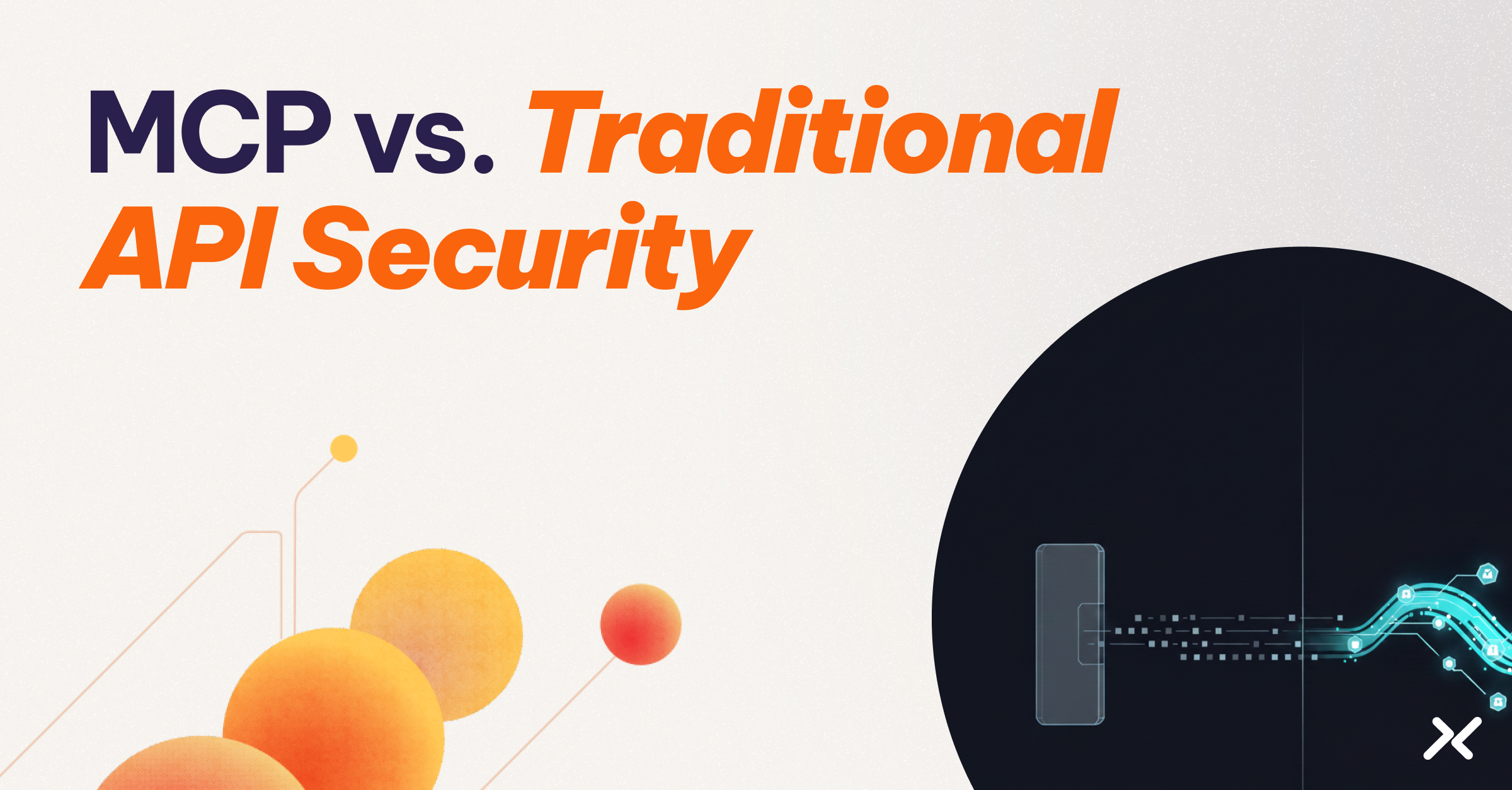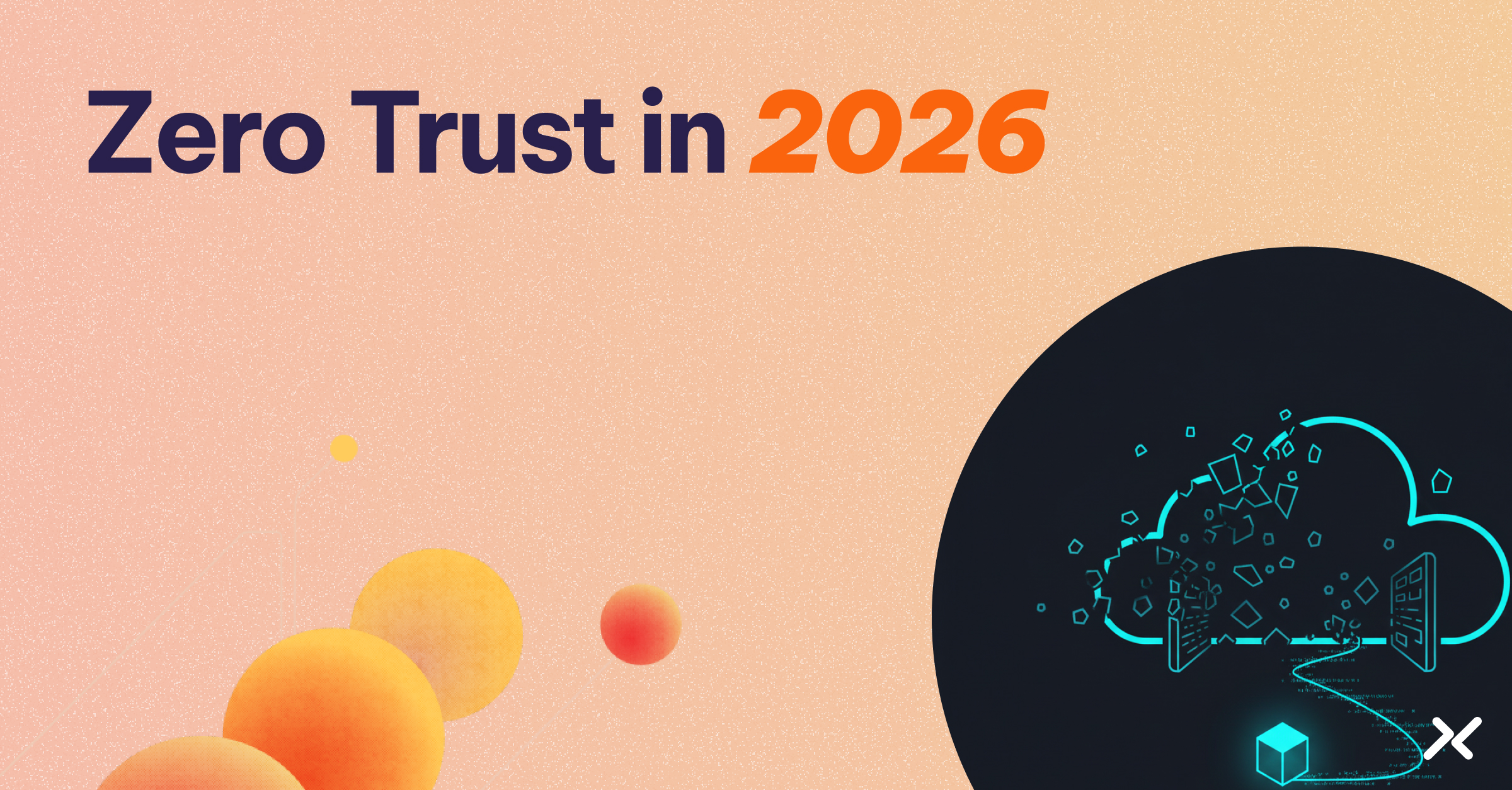As organizations scale their operations, particularly with the growing adoption of software-as-a-service (SaaS), distinguishing between human and non-human identities (NHIs) becomes critical.
Non-human identities, such as software workloads, AI agents, and service accounts, play a crucial role in enterprise operations. However, the credentials used by these identities, such as API tokens and OAuth keys, can pose significant security risks if not properly managed and protected.
The issue of failing to differentiate between human and non-human identities is becoming increasingly prevalent. Studies show that two in five SaaS platforms fail to make this distinction.
This often occurs due to a lack of clear policies or oversight in identity management systems.
Human identities, typically associated with employees or users, require strong authentication methods like multi-factor authentication (MFA).
Non-human identities, such as automation agents or service accounts, require more granular access controls and often rely on credentials like
API tokens or OAuth keys. These differences are crucial in ensuring the right access controls are applied to each type of identity.
This oversight exposes organizations to threats like over-permissioned access, identity sprawl, and even undetected breaches, often linked to third-party integrations. These hidden risks are compounded by the rapid growth of SaaS adoption, which further complicates traditional identity management practices.
We’ll explore why distinguishing between human and non-human identities is crucial, the risks involved, and how organizations can better manage these identities to reduce security vulnerabilities.
What Are Human and Non-Human Identities?
Human Identities are the traditional identities tied to individuals within an organization. These typically include employees, contractors, or anyone who interacts with systems through human-driven actions.
Human identities are associated with personal credentials such as usernames, passwords, and multi-factor authentication (MFA). They are governed by standard authentication methods and are monitored through behavioral analysis and activity logs.
Non-Human Identities (NHIs) are not tied to a specific individual but are required to perform automated tasks, integrate systems, or access data. These identities are often part of workloads that spin up and down in modern cloud environments. The real risk lies in the static credentials they use, such as API tokens or hardcoded secrets, that can persist long after the workload has been decommissioned.
Unlike human accounts, which are deactivated when an individual leaves an organization, NHIs often persist without regular reviews and can be over-permissioned, making them prime targets for exploitation if not properly managed.
While human identities are typically subject to strict access controls and monitoring, NHIs and their credentials often go unnoticed by traditional security tools. This highlights the importance of focusing on identity-based, just-in-time access controls to reduce the risks posed by long-lived static credentials.
Why Distinguishing Between Human and Non-Human Identities Matters
NHIs — like service accounts, workloads, and machine credentials — often operate silently in the background.
They’re automated, ephemeral, and deeply embedded in production. And unlike humans, these identities usually have persistent, high-level access to systems and data, without the same visibility, controls, or safeguards.
When a human account gets locked out, the result is usually inconvenience. When an NHI loses access, things break.
Entire services can go down.
Engineers and DevOps teams are the ones who feel it instantly, because the failure hits production availability, not just a login screen. These identities spin up and disappear rapidly, making them incredibly difficult to inventory and secure in real time.
Over-Permissioning Amplifies Risk
NHIs are frequently over-permissioned: granted sweeping access without constraints like multi-factor authentication or behavioral monitoring. These accounts often lack ownership or lifecycle governance.
The result? A broad, often invisible attack surface. Once compromised, an NHI can offer attackers direct, unmonitored access to critical systems and data. And because these identities operate continuously and programmatically, traditional security controls rarely catch them in time.
SaaS and Identity Sprawl
The rise of SaaS platforms and third-party integrations has exploded the number of identities organizations manage, most of which aren’t tied to actual people. Every API token, script, or automation introduces a new NHI.
This leads to identity sprawl: a messy, fast-moving web of unmanaged credentials that increases the blast radius of a breach.
Data Breaches and Exploitation
The inability to differentiate and properly manage NHIs exposes organizations to significant risks. Attackers can exploit these unmanaged identities to gain unauthorized access to sensitive data and systems, often going undetected.
A recent example is the 2024 Snowflake breach, where cybercriminals used stolen machine credentials, often without multi-factor authentication, to infiltrate customer environments.
These credentials provided attackers with access to customer databases, allowing them to exfiltrate sensitive data and remain undetected for weeks, impacting over 165 organizations.
6 Best Practices for Managing Human and Non-Human Identities
To mitigate the risks associated with poorly managed identities, organizations need a clear strategy for differentiating and securely managing both human and non-human identities.
1) Implement Identity Classification and Segmentation
- Separate human and non-human identities: Establish clear definitions and classification criteria for human and non-human identities within your identity management system. Ensure that NHIs are separated from human users and assigned specific roles and permissions based on their function.
- Tagging and labeling: Use automated systems to tag and label identities based on their type (human or non-human), and regularly audit these classifications.
2) Apply Granular Access Control and Least Privilege
- Principle of Least Privilege: Limit the permissions granted to NHIs based on their specific tasks. Only give them access to the systems and data required for their operation. For example, a token used for reading data from a database should not have permissions to delete or modify it.
- Dynamic access controls: Use real-time policy enforcement to adjust access based on workload context, such as location, time of day, or security posture.
3) Ensure Continuous Monitoring and Auditing
- Real-time visibility: Implement continuous monitoring to track both human and non-human identities’ activities. This will help quickly identify suspicious behavior or unauthorized access attempts related to NHIs.
- Audit trails: Maintain detailed logs of all activities associated with NHIs, including token usage, API requests, and service interactions. These logs should be reviewed regularly to detect anomalies or signs of compromise.
4) Leverage Automation and AI for Identity Management
- Automated provisioning and de-provisioning: Automate the lifecycle management of NHIs to ensure that identities are created, updated, and deactivated as needed, reducing the risk of orphaned or forgotten credentials.
5) Strengthen Authentication and Token Management
- Identity- and Posture-Aware Policy Enforcement (MFA for Machines): Traditional MFA cannot be directly applied to NHIs and workloads. However, you can implement real-time, identity- and posture-aware policy enforcement, which functions similarly to “MFA for machines.” This approach ensures that NHIs and workloads are continuously validated based on their context, behavior, and risk posture when interacting with sensitive systems, reducing the likelihood of unauthorized access.
- Token Management: Instead of relying on regular token rotation, prioritize the removal of long-lived credentials altogether. In cases where token rotation is still necessary, enforce strict expiration policies and automate revocation processes to minimize the exposure window. This approach helps reduce the risk associated with static, persistent credentials that could potentially be compromised.
6) Collaborate with SaaS Providers and Third-Party Vendors
- Ensure SaaS platforms distinguish between human and non-human identities: Work closely with your third-party vendors to ensure proper identity controls are in place and that non-human identities are correctly managed.
- Vendor security assessments: Conduct regular security assessments of third-party vendors to ensure their identity management practices align with your organization’s security policies.
As our CTO and co-founder, Kevin Sapp, emphasized in his open letter to API vendors, it’s critical to reconsider the use of API keys, which can expose systems to significant security risks.
API vendors must adopt more secure authentication methods, such as workload identity federation. This approach utilizes short-lived tokens and automates credential rotation, reducing the potential for unauthorized access.
By prioritizing these more secure methods, you can ensure that both your internal systems and third-party relationships are protected against growing digital security threats.
Strengthening Your Identity Management Strategy
As the digital landscape continues to evolve, the management of non-human identities is following a trajectory similar to the one human identity management (IAM) took years ago.
However, it is progressing at a faster pace, driven by the increasing adoption of automation, API integrations, and SaaS platforms. This shift toward treating non-human identities with the same rigor as human identities is not just a security measure — it’s a strategic move that will pay off in operational efficiency, reliability, and compliance.
The future of workload identity and access management is about building scalable, resilient security practices that can evolve alongside the growing complexity of modern cloud infrastructures.
Are you ready to secure your non-human identities and unlock a future of seamless, automated security?
The Workload IAM Company
Manage Access, Not Secrets
Boost Productivity, Slash DevSecOps Time
No-Code, Centralized Access Management




